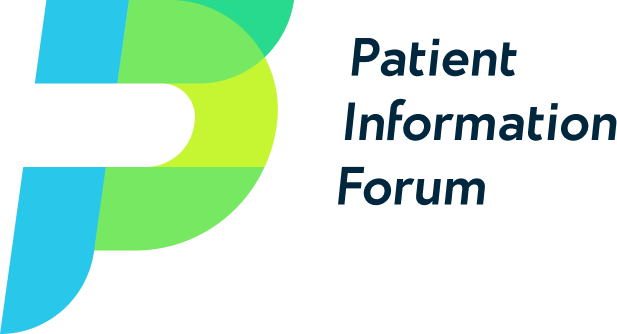
Wallace Health releases guide for LGBTQIA+ inclusive health information
A free resource has been produced in response to the need for guidance on inclusive writing that goes beyond simply using the right words. Beyond words, into practice was produced by PIF member Wallace Health. It aims to help UK health information creators produce inclusive, adaptable and thoughtful materials that support better health outcomes for LGBTQIA+ individuals.
The guide lays out principles, practical steps and examples to support health communications that can meet the needs of diverse audiences. It was co-produced with LGBTQIA+ people to reflect lived experiences and respond to the issues that matter most.
Inclusion throughout the health information production process
Shaina Tennant, lead medical writer at Wallace Health, said: “After working on several projects for LGBTQIA+ audiences, we found there was a need for guidance that goes beyond simply prescribing a set of rules for inclusive language.”
The guide emphasises that inclusion is about the entire process of creating health information. It outlines key principles, including:
- Involving LGBTQIA+ people in the development process to centre their voices.
- Implementing expansive and neutral language to reflect diverse experiences.
- Identifying assumptions that may exclude or misrepresent LGBTQIA+ individuals.
- Taking an intersectional approach that considers overlapping aspects of identity.
- Committing to ongoing learning and adaptation as language and needs evolve.
Why it matters
Healthcare should be accessible, welcoming, and effective for everyone. Yet, LGBTQIA+ people often face barriers that prevent them from fully engaging with health services. Stonewall figures highlight that around 1 in 7 LGBTQIA+ people have avoided healthcare services due to fear of discrimination.
“There is, of course, wider work to be done to tackle inequalities,” said Shaina. “But health communications are an important interface. It’s a chance to build trust by showing your commitment to safe, welcoming, and informed care for LGBTQIA+ individuals.”
The guide is available to anyone producing health information, including organisations, brands, service providers and agencies, who want their materials to be inclusive and accessible to LGBTQIA+ audiences.
The free resource can be found on the Wallace Health website here.
